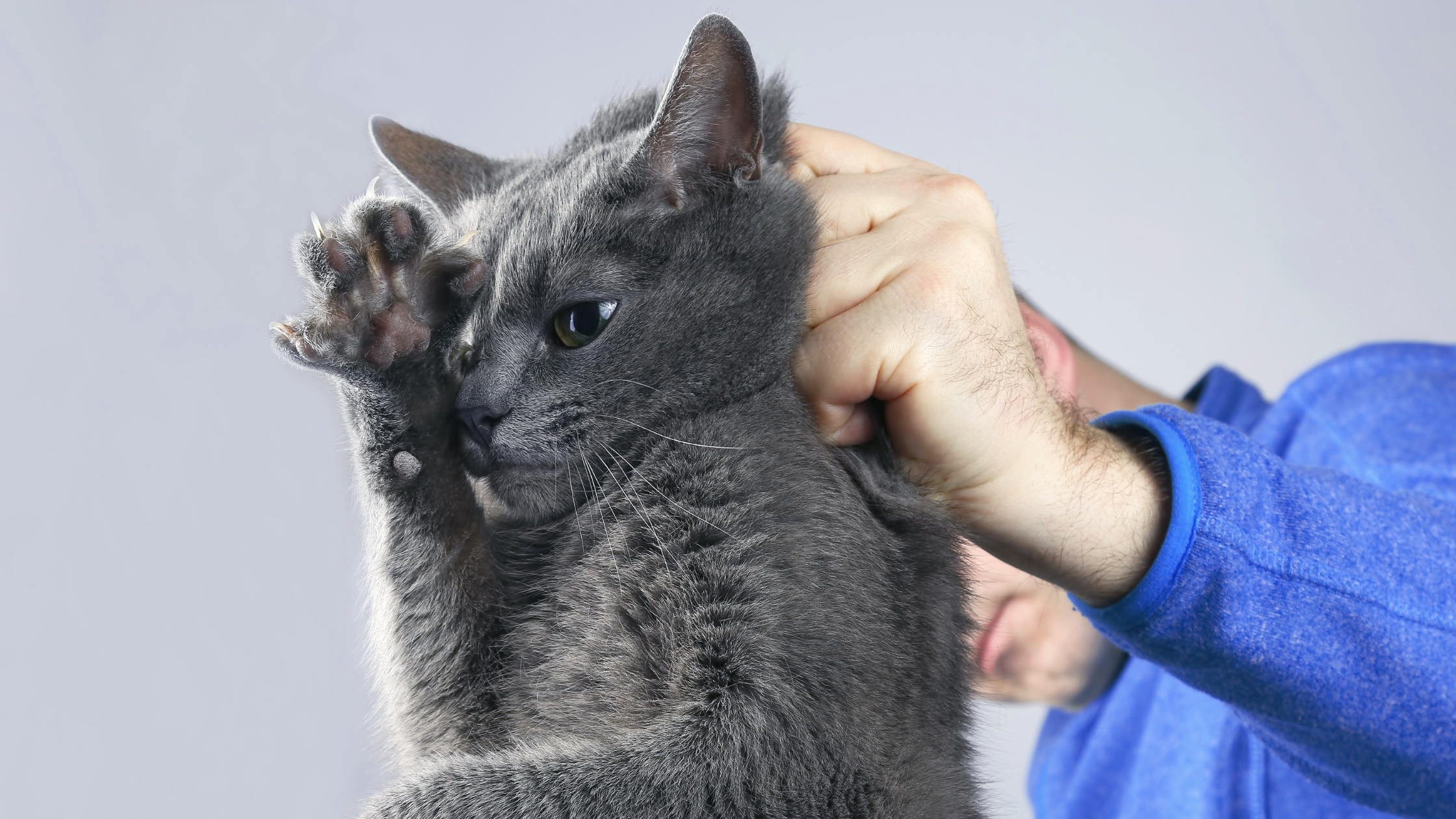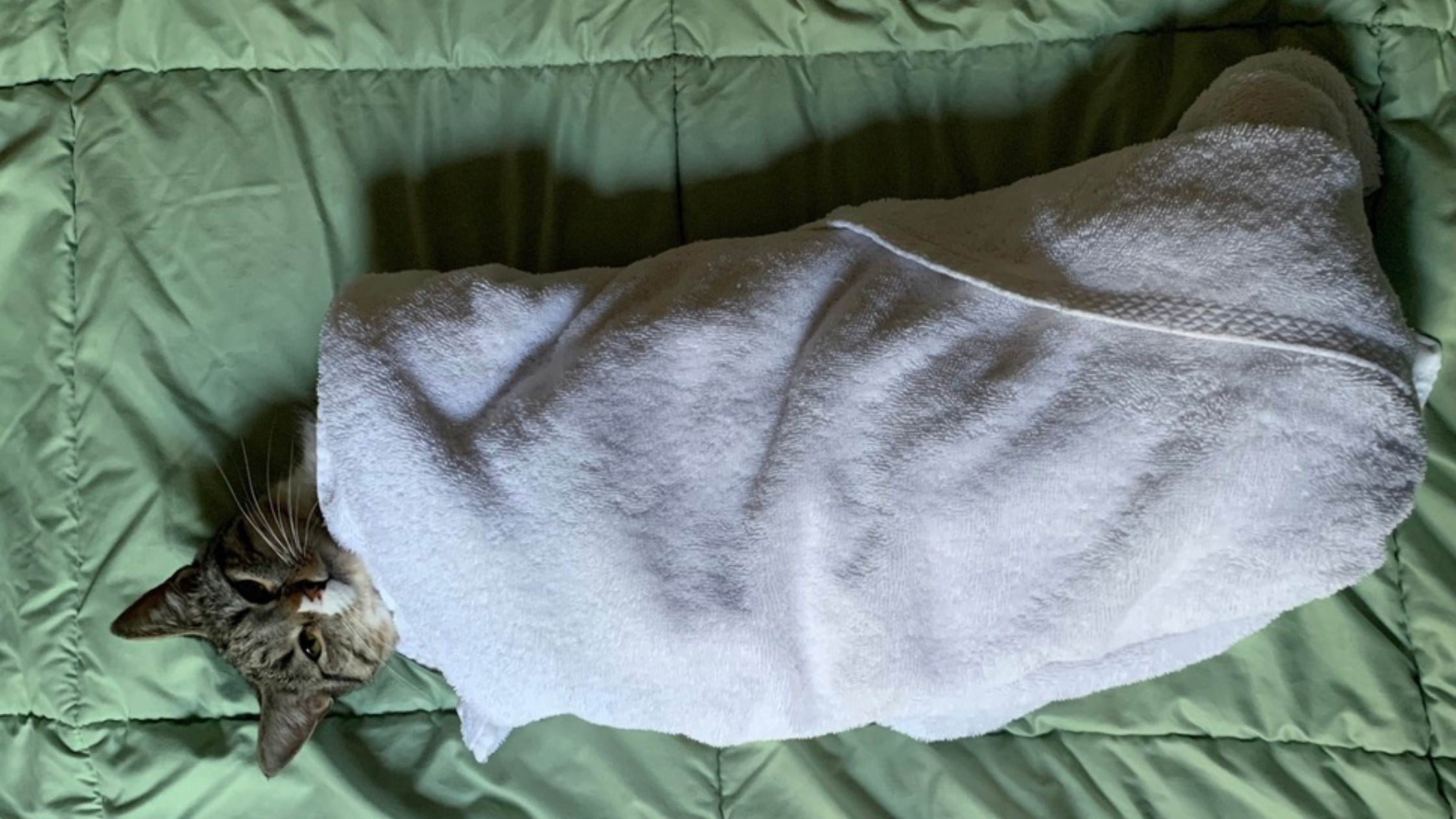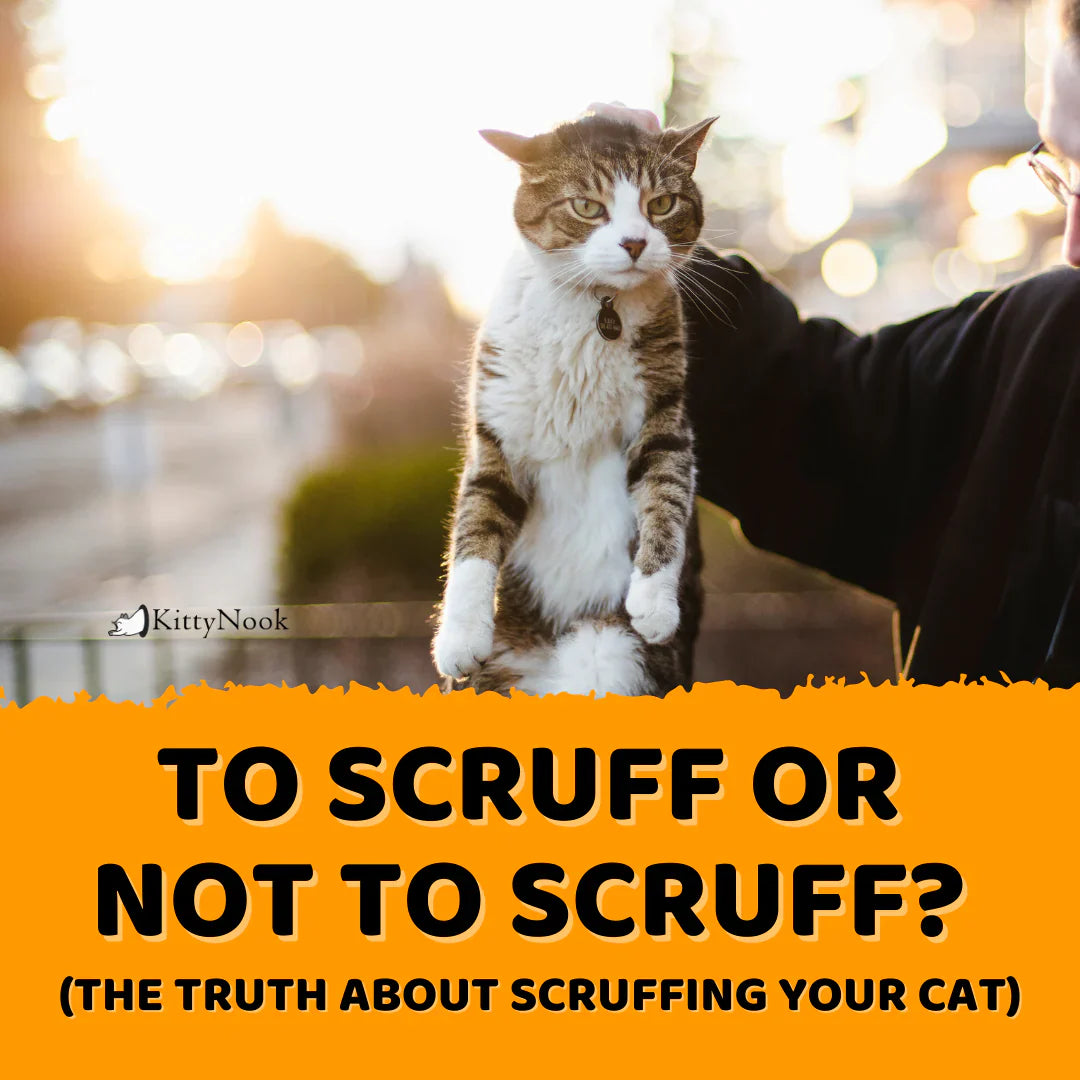Scruffing cats has been done for years, as it was believed to be an imitation of how a mama cat would pick up her kittens. It was used by vets, groomers, and cat owners as a safe and gentle way to restrain cats. However, current research reveals that holding a cat by the scruff can be unnecessarily cruel. There are far better ways to restrain cats that allow them to be comfortable and secure.
Instead of scruffing your cat, KittyNook will share better alternatives in today's blog.
First Things First: Why Is Scruffing Bad?

Veterinary behaviorists are now telling owners and veterinarians to stop scruffing cats. They point out that kittens have a reflex to go limp when raised by the scruff, but this reflex goes away as they grow older. This means that older cats will tense up and even fight when scruffed, which is stressful and frightening for cats. Furthermore, adult cats are held by the scruff when predators attack them, so it is easy to understand why scruffing can make your cat tense and unsafe.
Experts say that while kittens may find it pleasant to be carried around by the scruff, this does not mean that it's helpful or healthy for them in the long run. Adult cats can develop anxiety when scruffed, which can cause aggressiveness towards, or avoidance of human beings.
Scruffing As a Way to Discourage Unwanted Behavior In Cats

Scruffing was once believed to resemble how mama cats discipline their kittens, and humans have adapted it to inhibit bad behavior in cats. However, there is a crucial mismatch in how we perceive scruffing. Mother cats do not scruff their kittens as a punishment; they do it to carry them from one area to another.
Scruffing induces anxiety in grown cats, and responsible cat parents know that teaching your cat through punishment is not a sign of healthy parenting. Cats are not spiteful when they exhibit bad behaviors. Punishing a cat spikes stress and will make your cat insecure.
Alternatives to Scruffing

Thankfully, there are other more humane and comfortable ways to restrain cats:
- Delicately cup a feline's head and jaw to restrain them without evoking the prompt tension that scruffing induces.
- An e-collar is a great way to stop your cat from being able to reach around and bite you while you're working with them.
- You can also place a towel or light blanket over your cat's head so they can't see you approaching and handling them. This helps reduce their anxiety about the unknown and can avoid possible aggressiveness in your general direction.
- Thoroughly wrapping your cat in a towel, so they cannot scratch you while you handle them.
These approaches give gentle restraint without causing unnecessary anxiety or discomfort for the animal, making them better alternatives to scruffing.
Thinking About Why You Need to Restrain Your Cat

Restraint is essential in some situations, like administering veterinary care. In these circumstances, it's necessary to carefully and appropriately restrain the cat while keeping them safe and minimizing stress. Your vet can show proper restraint methods if you must look after your feline at home. You can use more humane strategies if you need to restrain your cat when cutting its claws or administrating medication.
One way to ease tension is to always touch your cat's paws. Touching paws and giving a treat after can help them associate the sensation with good experiences, making them more cooperative during nail trims and other circumstances that require paw touch. Focus on creating an atmosphere of trust between you and your cat to make it easier to carry out appropriate restrictions when needed.
Final Words

As responsible pet owners, we encourage you to use pet management techniques that are better for their well-being. While scruffing reduces the possibility of being attacked by your cat, it can be highly stressful for them. Gentle methods of restraint are much less stressful and give cats some sense of control, which is essential when they are subjected to highly-stressful situations.




















